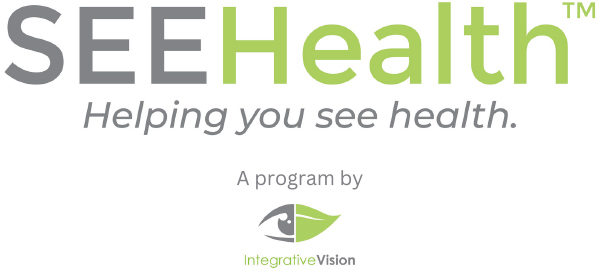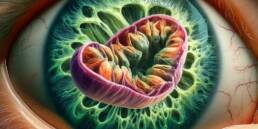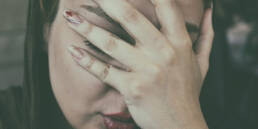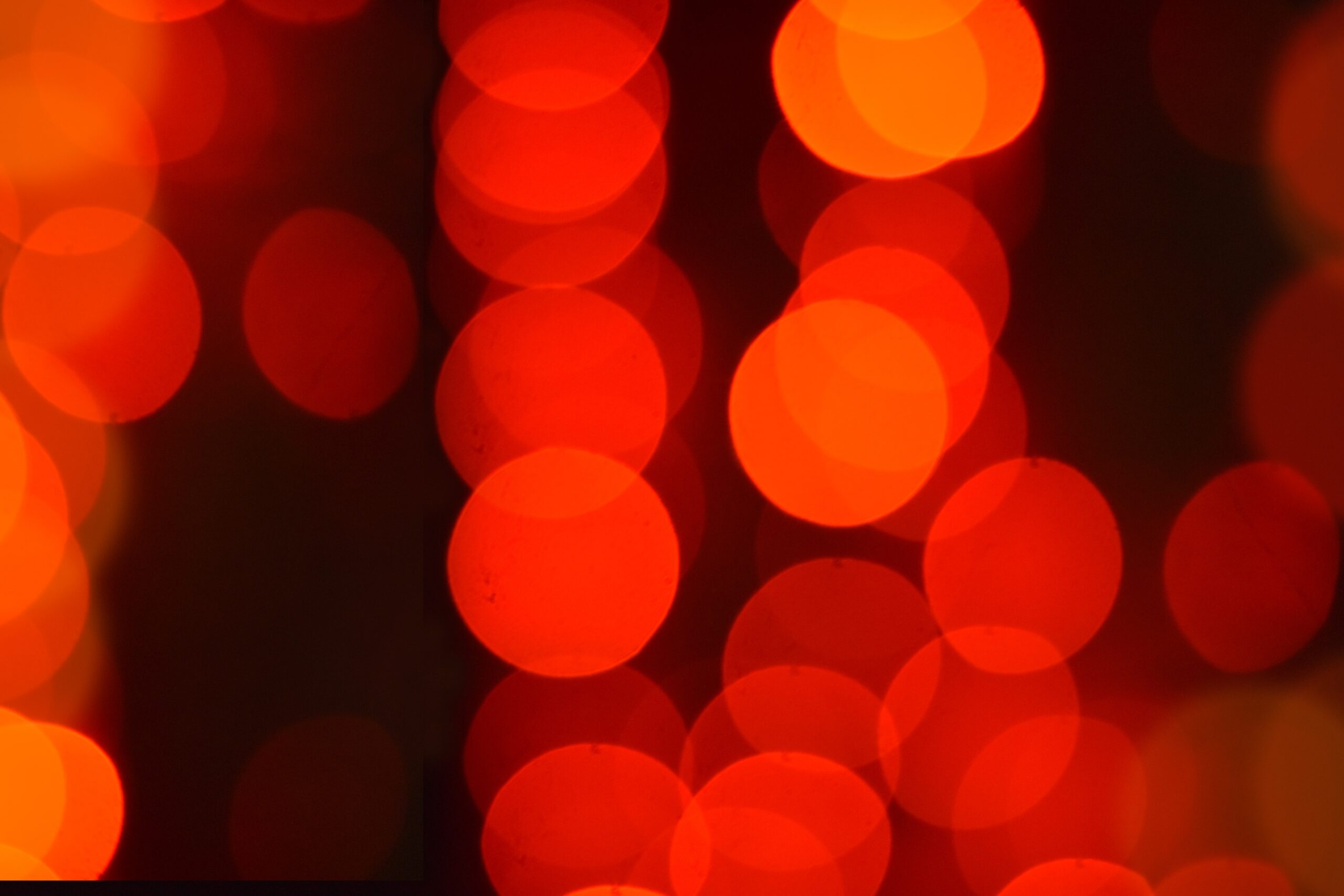
Red Light Therapy (RLT) stimulates cells to function better. Think positive functions like growth and repair, because our cells are working nonstop to make sure larger functions we notice (like vision) run smoothly. RLT’s commonly used in treating joint pain and skin conditions like acne and rosacea.
Since red light therapy works on a cellular level, it only makes sense that you’re curious if it can improve certain eye conditions or benefit your eyesight. Researchers continue to study red light therapy specifically for our eyes.
Integrative Vision here in Shrewsbury, New Jersey loves to educate our patients on all topics related to eye care. We aren’t your everyday optometrist. Dr. Neda Gioia holds a certificate in nutrition to incorporate an elite level of eye care for her patients.
Let’s look further into RLT and what research shows (so far) for your eye health.
What’s Red Light Therapy? (Getting Nerdy On a Cellular Level)
Don’t worry, you won’t be staring at the sun with this therapy. (Please don’t do that anyways, it’s horrible for your eyes). Red Light Therapy’s applied using devices like a lamp for your face or a laser for your eyes. RLT gives off energy we can’t see but our cells notice a huge impact and color makes a big difference.
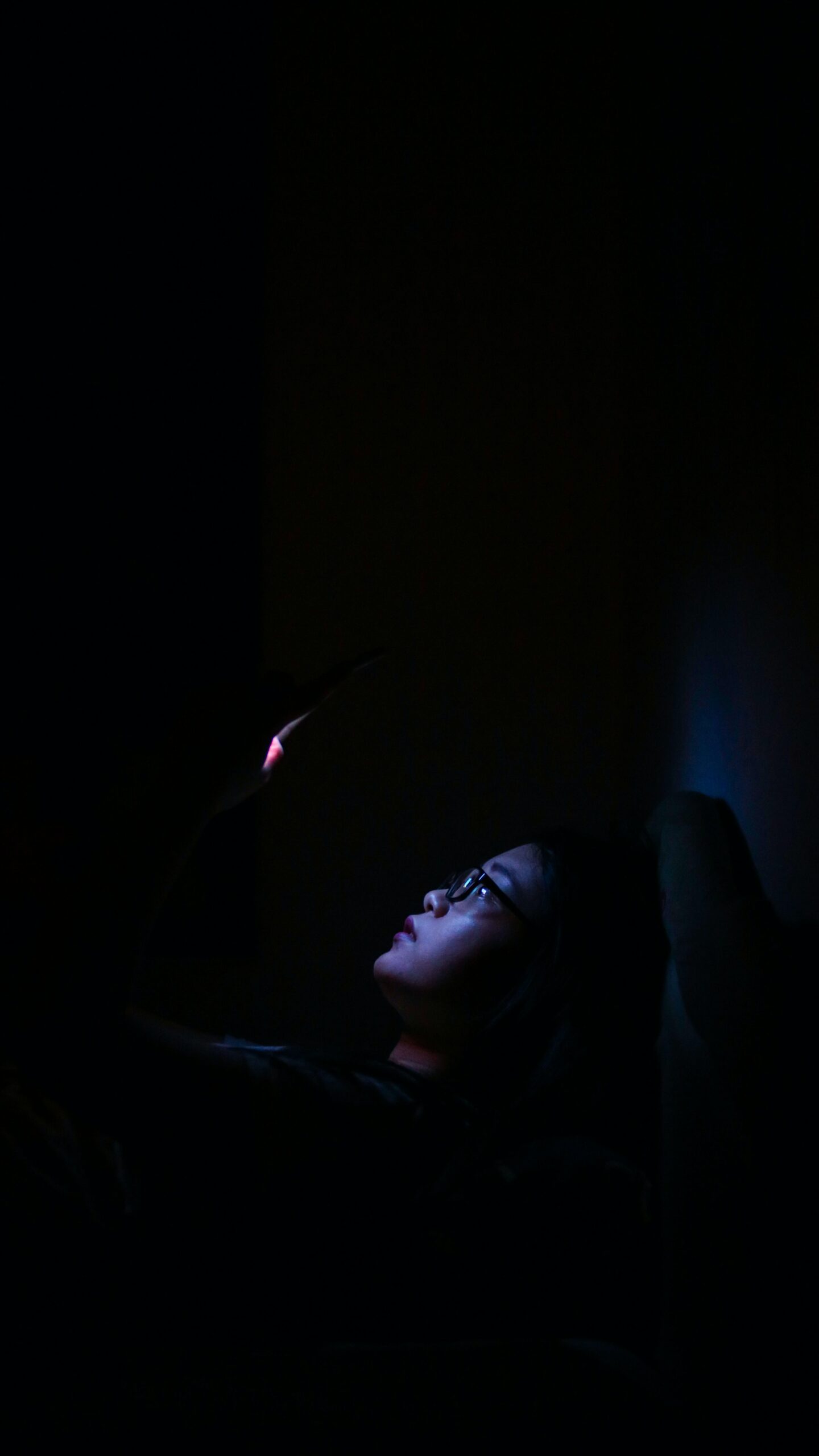 Blue light has some negative effects on our health, and some wonder if red light is bad for your eyes. But more research shows red light helps…why? Colors measure in different wavelengths (measured in nanometers), which have distinct effects on our cells.
Blue light has some negative effects on our health, and some wonder if red light is bad for your eyes. But more research shows red light helps…why? Colors measure in different wavelengths (measured in nanometers), which have distinct effects on our cells.
Blue light measures around 440-490 nm and affects your sleep (prompts us to stay awake longer, for example). (Read more from us about blue light here.) Red light measures around 620-780 nanometers. These longer wavelengths positively impact our cells, mainly mitochondria.
We’re diving a little deeper, so hang on!
Mitochondria, known as the “power plants” of our cells, are responsible for huge processes like energy production and maintaining cell health. RLT with a wavelength of 670 nm shows promise for your eyes.
Red light therapy stimulates mitochondria, thus increasing production and repair of our cells.
Guess what? Loads of mitochondria live in our retina’s photoreceptor cells. The retina lines the wall of our eye and transmits what (and how) we see to our brain.
Red light therapy stimulates cells in your eyes responsible for seeing. (Pretty powerful stuff!)
The American Academy of Ophthalmology currently does not recommend RLT as a form of treatment for eye conditions now but recognizes the promising research so far. As more data continues to emerge on RLT, we’re excited about the results in eye care.

What’s Data Saying About Red Light Therapy For Your Eyes?
Medical studies allow you to make informed decisions about your health with your eye doctor and other medical providers. We’re happy to share some exciting, optimistic studies about red light therapy in eye conditions, so let’s dive in.
A 2021 study dived into the growing concern of myopia in children, and found: “Repeated low-level red-light therapy is a promising alternative treatment for myopia control in children.” Myopia, or nearsightedness, causes blurry vision in the distance and remains on the rise for our children. It occurs because light doesn’t hit where it’s supposed to on the retina. This study showed that RLT changed kids’ eye axial length for the better.
The Journals of Gerontology (study of aging) published a study in 2020 that concluded: “brief exposure to red light 3 minutes a day for 2 weeks improved older adults (40 and above) to discern letters against a similarly colored background.” We know aging affects our bodies, and this natural decline begins on a cellular level. This study showed that RLT significantly improves mitochondrial function, enhancing contrast, which is huge to your eye health and vision
Another study found that “blue light negatively impacts mitochondrial function which results in loss of cell viability but delivering red light after improves the damage.” We love this study because being able to “heal” cells from damage gives us incredible hope. RLT helped those cells recover faster with less damage overall!
Each study highlights how Red Light therapy works in different areas of eye care. From positively affecting the rise in myopia in kids, helping color-impaired individuals, and aiding our aging population to keep their sight — this new data shows more opportunities to use this noninvasive therapy in eye care.
At Integrative Vision, we’re excited about promising new studies on red light therapy for your eyes. We look beyond industry standards treatments and offer more for our patients. Dr. Gioia’s not only an amazing eye doctor but she’s also certified in functional medicine to provide another level of health to your eye visit.
We strongly believe in holistic solutions as well as modern medicine to treat and care for our patients. We don’t want to just put a bandaid on your vision issues; we want to find the root of the problem and heal from the inside.
Want to Learn More? Integrative Vision’s Ready To Handle All Your Eye Care Needs
We want our patients to be well informed on all areas in eyecare — even the less talked about ones! While we don’t specifically offer red light therapy in our clinic, we want you to know about it.
With tons of red light therapy products and services available online, it’s hard to know who to trust. When it comes to your vision, don’t take chances.
If you live in Oceanport or Fair Haven, we’re here for you! You’ve got a great eye doctor close by who’s ready to answer your questions on red light therapy and anything else on your mind.
Whether you suffer from macular degeneration, color deficiency, or are concerned about your child with myopia — knowing new data and treatments are possible brings hope.
We understand vision’s a sacred sense that provides independence to keep living your life and enjoying it to the fullest. Integrative Vision proudly provides education to empower you while taking good care of your eyesight — and health.
